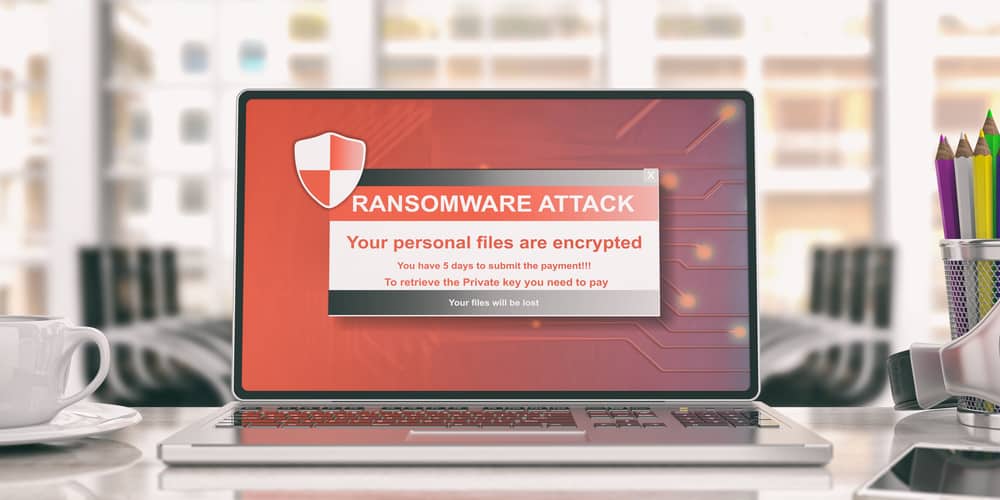
Within the realm of cybersecurity, the broad category of malware is one that businesses need to be aware of. One of the most significant threats within this area, especially over the last few years, is what's known as ransomware.
At Onward Technology, we're here to provide high-quality cybersecurity and related IT support services to numerous business clients, and ransomware is just one of many threat types we help protect you against. What is ransomware, how does it work, and what are some of the steps we'll help you take to ensure it doesn't become a risk for your company? Here's a basic primer.
For those new to this realm, ransomware refers to a type of malware that either encrypts or erases critical data on a system and then demands payment from the user in order to restore access. Ransomware attacks can target both individuals and organizations, but businesses are increasingly being targeted by this type of attack.
There are two common types of ransomware: locker ransomware and crypto ransomware. Locker ransomware essentially "locks" users out of their systems until a ransom is paid, while crypto ransomware uses encryption to make data inaccessible until a ransom is paid. There are also different types of methods used to distribute ransomware, including phishing emails (which trick users into clicking on malicious links or attachments), drive-by downloads (which automatically download malware when users visit certain websites), and even USB devices that have been infected with malware.
In the majority of cases, ransomware is spread through what are known as user-initiated actions. These refer to the types of activities where users inadvertently download or install malware on their devices. This can happen in a number of ways, but some of the most common include:
In some cases, ransomware can also be spread through "system-initiated" actions. This generally happens when devices are connected to a network that has already been infected with malware. Once the malware is on a network, it can quickly spread to other connected devices.
There are a few key reasons why ransomware is such a dangerous threat, especially for businesses. First of all, ransomware can be very difficult (and sometimes even impossible) to remove once it's infected a system. Second, paying the ransom doesn't guarantee that you'll get your data back – in fact, there's no guarantee that the attacker will even provide you with the decryption key after receiving payment.
And finally, ransomware can have a significant financial impact on businesses, as not only do companies have to pay the ransom but they also face the cost of downtime and lost productivity. For many businesses, the costs associated with a ransomware attack can be devastating.
Unfortunately, ransomware variants have begun to spring up that are even more dangerous than those that have come before. In particular, there are now ransomware variants that not only encrypt data but also threaten to publicly release it unless a ransom is paid. This type of attack is known as "ransomware as a service" or RaaS.
With RaaS attacks, businesses face the risk of not only losing access to their data but also having that data leaked publicly. This can be extremely damaging to a business, both in terms of the financial impact and the reputational damage.
The best way to protect your business against ransomware is to prevent attacks from happening in the first place. There are several themes that should likely be considered here (themes our team will be happy to assist you with):
For more on what ransomware is and how to steer clear of it within your business's operations, or to learn about any of our cybersecurity or other managed IT services, speak to our team at Onward Technology today.